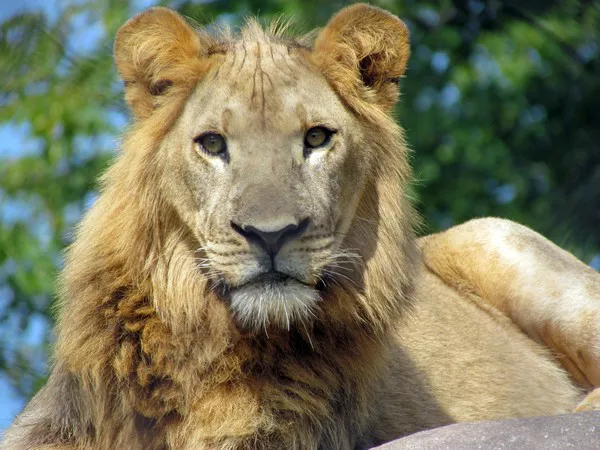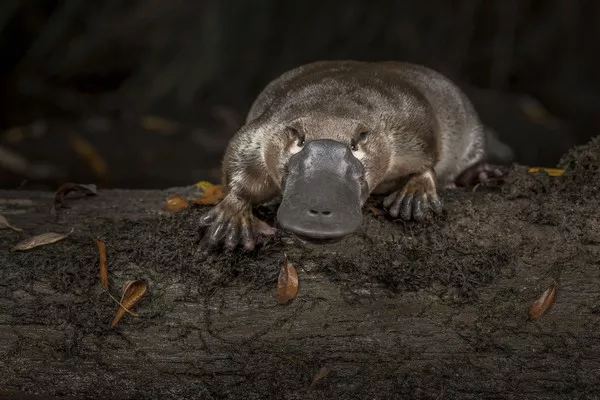Cats are renowned for their grace, agility, and beauty, captivating the hearts of people around the world. However, not all cats are friendly companions. Some species possess formidable strength, agility, and predatory instincts that make them potentially dangerous to humans. In this article, we delve into the world of big cats to uncover the most dangerous cat species when it comes to interactions with humans.
Introduction to Big Cats
Big cats, also known as felids, are members of the Felidae family and are characterized by their large size, muscular build, and predatory nature. These majestic creatures are found in various habitats across the globe, from dense rainforests to open savannas. While many big cat species are elusive and prefer to avoid human contact, some encounters can lead to dangerous situations due to their predatory instincts and territorial behavior.
Factors That Make a Cat Dangerous
Before delving into the specifics of individual cat species, it’s essential to understand the factors that contribute to a cat’s potential danger to humans:
Size and Strength: Big cats are powerful animals with muscular bodies and sharp claws and teeth. Their size and strength give them the ability to overpower prey, including humans, in confrontational situations.
Predatory Instincts: Big cats are apex predators with highly developed hunting instincts. While they primarily prey on wild animals, they may perceive humans as potential prey under certain circumstances, especially if they feel threatened or hungry.
Territorial Behavior: Big cats are territorial animals that fiercely defend their territories from intruders. Encounters with humans in their territory can trigger defensive or aggressive behavior, leading to attacks.
5 Most Dangerous Big Cats to Humans
Now, let’s explore some of the most dangerous big cat species when it comes to interactions with humans:
1. African Lion (Panthera leo): The African lion is one of the largest and most iconic big cats, known for its majestic mane and powerful roar. While lions typically avoid humans, they may attack if they feel threatened or if they perceive humans as prey. Human-lion conflicts often occur in areas where lion habitat overlaps with human settlements, leading to livestock predation and occasional attacks on humans.
2. Tiger (Panthera tigris): Tigers are the largest of all big cat species and are renowned for their strength, stealth, and hunting prowess. While tiger attacks on humans are relatively rare, they can be deadly when they do occur. Factors such as habitat loss, prey depletion, and human encroachment on tiger territory increase the likelihood of human-tiger conflicts, especially in regions where tigers are forced to hunt domestic livestock or scavenge for food.
3. Leopard (Panthera pardus): Leopards are stealthy and adaptable predators found in a wide range of habitats, from dense rainforests to arid savannas. While leopards usually avoid humans, they may become habituated to human presence in areas where their natural prey is scarce. Human-leopard conflicts often arise in rural areas where leopards prey on livestock or scavenge for food in human settlements, occasionally leading to attacks on humans.
4. Jaguar (Panthera onca): The jaguar is the largest cat species in the Americas and is renowned for its powerful bite and muscular build. While jaguar attacks on humans are rare, they can occur in regions where human activities encroach on jaguar habitat. Human-jaguar conflicts often arise in areas where jaguars prey on domestic livestock or come into contact with humans in agricultural areas.
5. Cougar (Puma concolor): Also known as mountain lions or pumas, cougars are solitary predators found in North and South America. While cougar attacks on humans are relatively rare, they can be fatal when they do occur. Human-cougar conflicts often arise in regions where cougar habitat overlaps with human recreational areas or residential developments, leading to occasional encounters and attacks on humans and pets.
Mitigating Human-Wildlife Conflicts
While big cats are undoubtedly powerful and potentially dangerous predators, human-wildlife conflicts can often be mitigated through proactive conservation measures and responsible behavior. Some strategies for reducing conflicts include:
Habitat Protection: Protecting and preserving big cat habitat is essential for maintaining healthy populations and reducing human-wildlife conflicts.
Education and Awareness: Educating local communities about big cat behavior, habitat requirements, and strategies for avoiding conflicts can help reduce negative interactions between humans and cats.
Livestock Protection: Implementing measures such as predator-proof enclosures and guard animals can help deter big cats from preying on livestock, reducing the likelihood of retaliatory killings by farmers.
Human Behavior Modification: Encouraging responsible behavior among tourists and residents, such as avoiding approaching or feeding wild animals, can help minimize the risk of confrontations with big cats.
See Also: Top 7 Largest Cat Species On Earth
A Quick Review
In conclusion, while big cats are magnificent creatures that inspire awe and admiration, they also command respect and caution due to their potential danger to humans. By understanding the behavior of these majestic predators and implementing effective conservation and management strategies, we can strive to coexist harmoniously with these apex predators in their natural habitats.
You Might Be Interested In:
- Top 10 Smartest Animals In The World
- Birds in the World – You May Not Know” href=”https://www.validdownloads.com/archives/2732″ rel=”bookmark”>Top 5 Smartest Birds In The World – You May Not Know
- Top 10 Biggest Tigers In The World



























